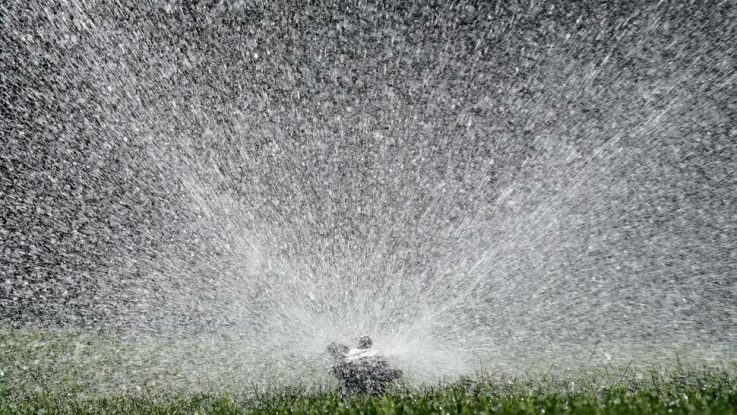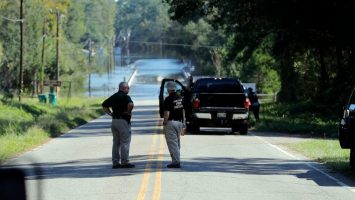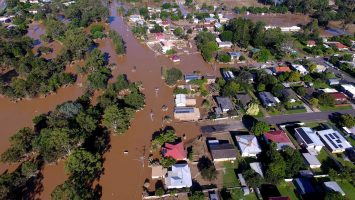
By ADAM BEAM, Associated Press
SACRAMENTO, Calif. (AP) — California’s water utilize hopped emphatically in March, state authorities said Tuesday, as one of the driest stretches on record provoked an influx of property holders to begin watering their yards sooner than expected in rebellion of Gov. Gavin Newsom’s supplications for preservation in the midst of a serious dry season.
Newsom the previous summer asked occupants to willfully cut water use by 15% contrasted with 2020 as environmental change escalated a dry spell that took steps to deplete the state’s repositories to perilously low levels. Water protection expanded bit by bit through December, supported by some serious fall and late-fall storms that diminished water interest.
Yet, the initial three months of 2022 have been the driest on record. Californians found the middle value of 77 gallons (291.48 liters) per individual each day in March, a 18.9% expansion from March 2020. It’s the most water Californians have utilized in March since the center of the past dry season in 2015. Statewide, water utilization is up only 3.7% since July contrasted with 2020, horribly shy of Newsom’s 15% objective
Newsom answered on Tuesday by promising to burn through $100 million on a statewide promoting effort to support water protection. The mission will incorporate conventional radio and TV spots while additionally paying individuals with enormous followings via web-based entertainment to encourage others to save water. He additionally vowed to spend a $211 million to moderate more water in state government structures by supplanting plumbing apparatuses and water system controls.
“Protection activities are most effective when they represent the variety of conditions and supply needs around the express,” Newsom’s office said in an articulation. “We are confident these activities will essentially add to the state’s general water decrease objectives as outside watering is one of the greatest single clients of water.”
In Los Angeles — the second most crowded city in the U.S. — Mayor Eric Garcetti said inhabitants and organizations would need to lessen outside scene watering from three days of the week to two. Water system makes up 35% of the city’s water use.
Metropolitan water use represents a generally little level of California’s general water use when contrasted with horticulture. In any case, the state’s ranchers have been enduring, as well, as state and government authorities have diminished water portions to focus in certain spots.
Interest for non-agribusiness water is regularly low in March, which approaches the finish of the state’s blustery season. It can now and again rain such a huge amount in March that it compensates until the end of the year, a peculiarity authorities have named the “Walk marvel.”
In any case, California got only 1 inch (2.54 centimeters) of precipitation in March while the temperatures were 3 degrees hotter than expected, further expanding water interest.
A progression of April storms have further developed things marginally since March. In any case, the majority of the state’s repositories are well underneath their memorable midpoints. The supplies rely upon dissolved snow from the Sierra Nevada to recharge them for the dry mid year months. However, the statewide snowpack was at only 27% of its memorable normal as of April 1.
“We have “This. This is the thing we will get. We can’t anticipate anything huge past this date,” said Jeanine Jones, chief for highway assets with the California Department of Water Resources.
State authorities expressed 20% of the wells they screen are announcing all-time low water levels, while almost 50% of them have under 10% of their memorable midpoints. Now and again, the state is assisting with pulling water to little networks that don’t approach it. State authorities said they were helping 687 families through a little local area dry spell alleviation program.
A few bigger networks were additionally at serious risk. Lindsay, a city of around 13,000 individuals in California’s Central Valley, was projected to run out of water on July 1. Government authorities endorsed an extra assignment for the city, which they presently say will have sufficient water to endure through February — gave they keep on monitoring.




Leave a Reply